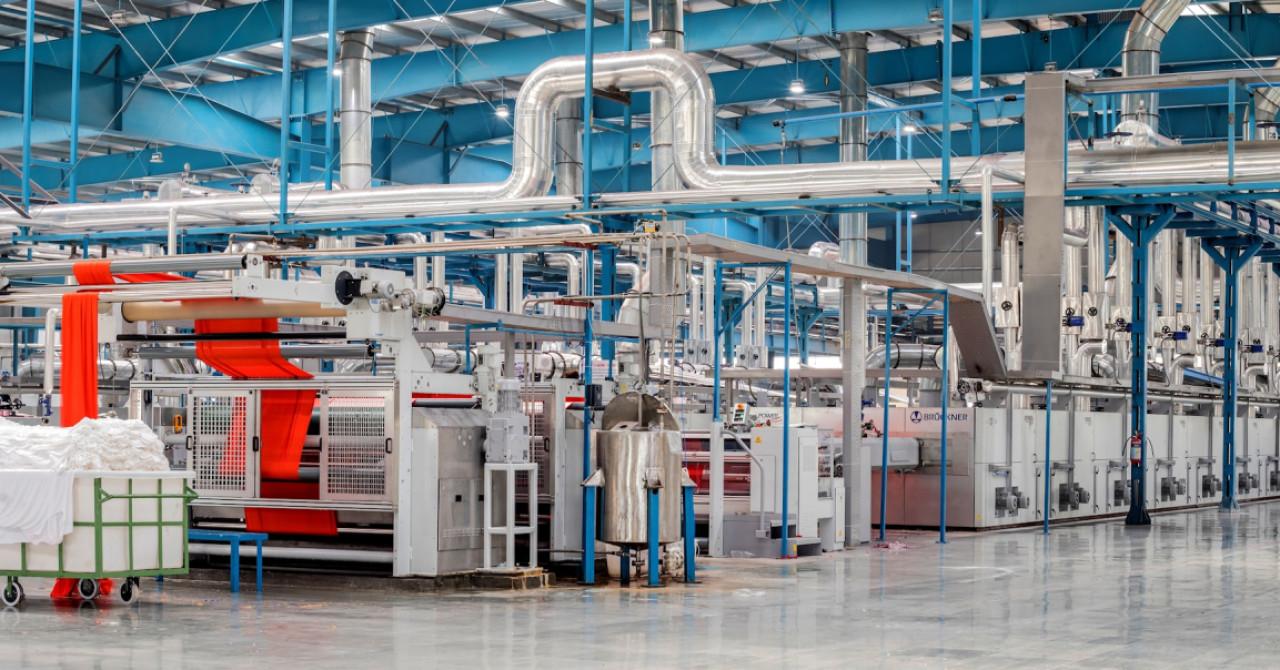GreenBiz said that industrial heat recovery, which will be implemented at the facility, could save as much as 152 billion USD per year globally, if implemented at all industrial sites. Intel's Ireland-based plant, which will cost the US-based company about 18.5 billion USD to construct, is said to feature among other things, all-LED lighting, as well as a heat-recovery system that reimplements generated heat into production, instead of wasting it through the funnels.
Special heat-recovery systems will capture the hot air released by the manufacturing of semiconductors and will direct it to the areas of the facility that need hot water. Intel officials say that this will allow them to reduce their natural gas purchases for heating the water used at the Fab 34 facility.
Rich Riley, principal engineer in Intel’s corporate services development group, said that "if we didn’t have that heat, we would need that much more gas to facilitate the [heating, ventilation and air-conditioning] operations. This is an overall reduction of natural gas consumption."
For the future, Intel representatives plan to use heat pumps, as well, for a more efficient heating of the facility. Since these run of electricity, renewable power could be used to further reduce energy costs at Fab 34.
By 2030, Intel wants to reduce its Scope 1 and 2 emissions by 10% based on a 2019 reference, while saving on 4 billion kilowatt-hours of energy cumulatively.
The US company already implemented water-to-water heat pumps at its Fab 10 facility, also located in Ireland, which could save up to 18.3 million kilowatt-hours of electricity per year, while cutting on Scope 1 emissions by 4.760 tons.
Luckily, industrial heat pumps that can transfer the heat from where it's generated to where it could be used are maturing and experts believe that many industries, from food and pharmaceutical, to chemical, can use it for the more efficient use of resources.
Patricia Provot, president of thermal production equipment manufacturer Armstrong International, said that "if your plan is to fully decarbonize, your first step is to get rid of steam and use hot water, and then try to recover as much of that waste heat as possible and put it back into the system."
 Mihai - Cristian Ioniță
Mihai - Cristian Ioniță












Any thoughts?